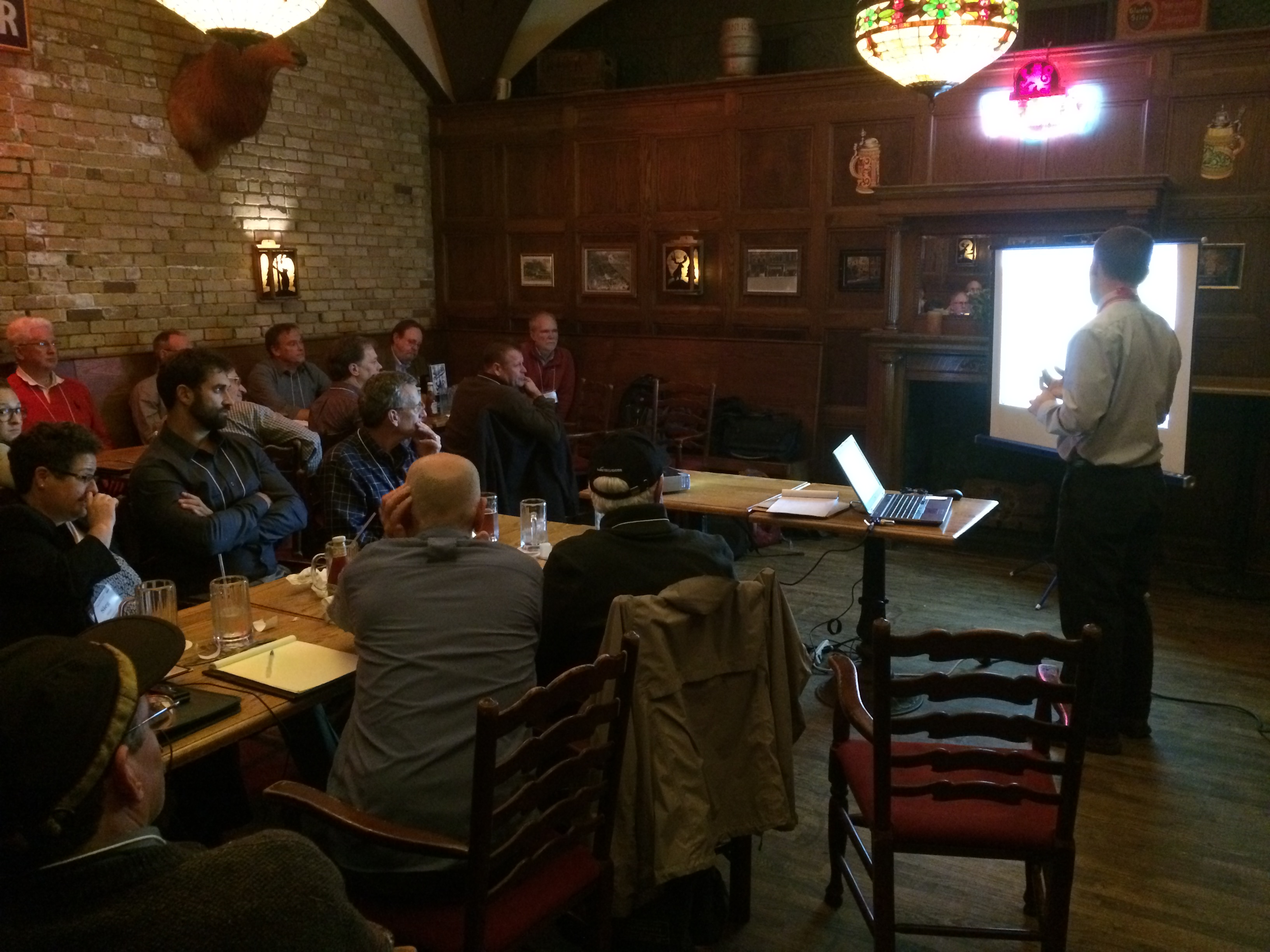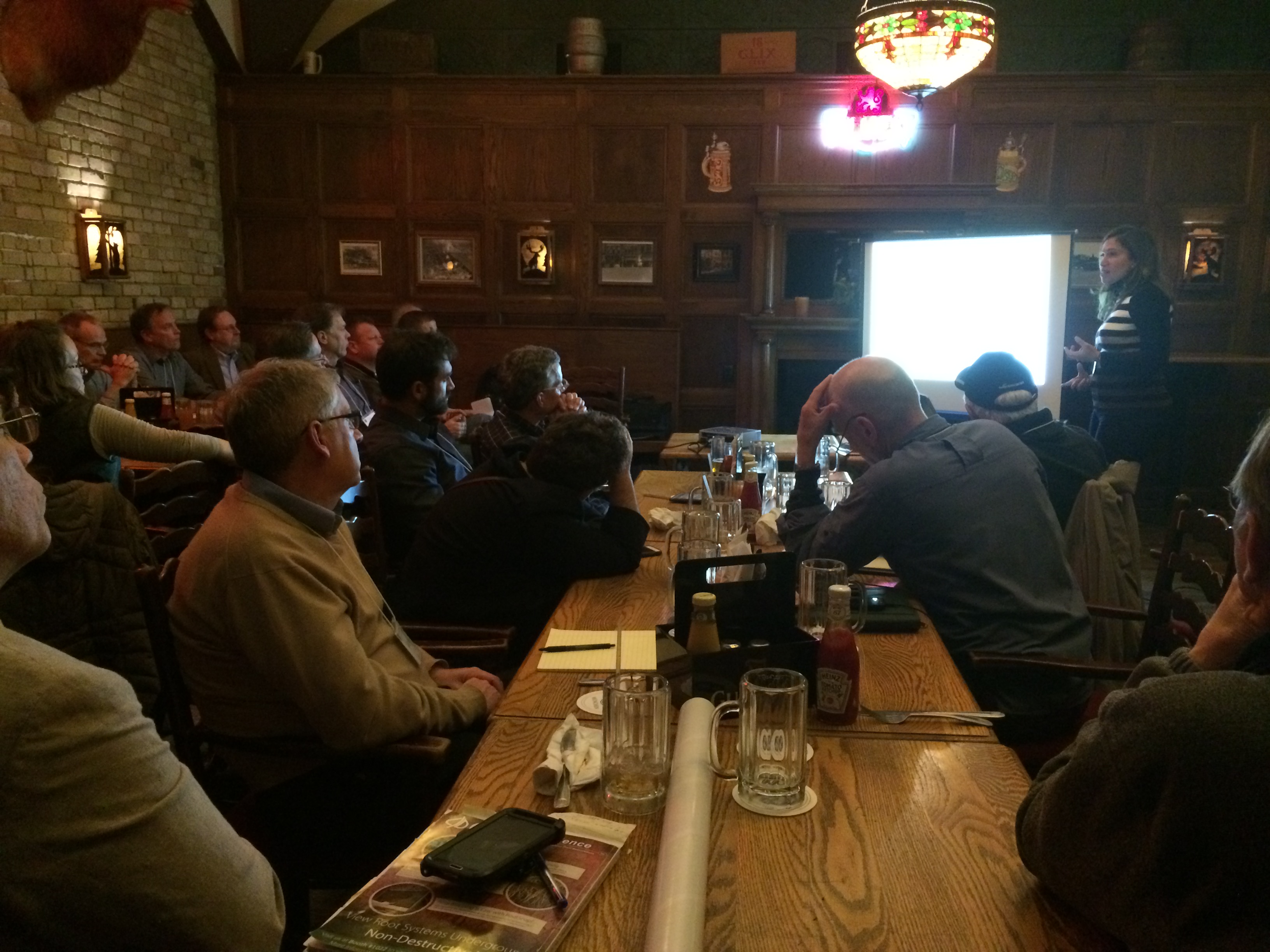Common Experiment - Cropland
Working GroupMission/Vision
To facilitate successful establishment of the LTAR Croplands Common Experiment.
Objectives
Objectives of the LTAR Croplands Common Experiment include:
- Develop and evaluate production systems that promote the sustainable intensification of cropland agriculture.
- Identify, quantify, and understand mechanisms underlying tradeoffs and synergies among ecosystem services.
- Use common long-term measurements and observations to understand and model ecosystem service outcomes under future projections of climate variability and change.
The overall goal of the Croplands Working Group is to facilitate achievement of the above objectives. Tasks associated with that goal include:
- Provide recommendations for successful establishment of the Common Experiment across cropland sites, with initial efforts addressing issues of cropping system design, statistical validity, and experiment scale
- Assist with the selection of site-specific hypotheses, as well as interact with LTAR measurement workgroups for selection of scale-appropriate assessments.
- Facilitate coordination of ecosystem service measurements across LTAR cropland sites.
- Serve as a communication bridge between LTAR site leads, the Grazinglands Common Experiment Working Group, and the Field Leadership Committee.
- Keep the LTAR community informed by providing applicable updates and files to the LTAR Basecamp site.
Activities
Beltsville, MD (March 2015)
- Initial meeting of Croplands Working Group.
- Identified and discussed crucial issues germane to establishment of Common Experiment, including cropping system design, replication, long-term site security, experiment scale, and measurement intensity.
- Compiled preliminary design plans for cropland sites.
Minneapolis, MN (November 2015)
- Developed operational definitions for Business as usual (BAU) and Aspirational (ASP) treatments.
- Determined criteria for size and replication of plot- and field-scale experiments.
- Reviewed statistical considerations to ensure acceptable power for detecting statistically valid differences and trends.
- Developed synopsis of management priorities for cropland sites.
Archbold Biological Station, Venus, FL (February 2016)
- Finalized site descriptions of Business as usual (BAU) and Aspirational (ASP) treatments.
- Identified site constraints to size and replication criteria for plot- and field-scale experiments.
- Documented differences across sites in start dates and adoption of treatment randomization (de novo approach vs. plots/fields previously established).
Next steps
- Seek external review of site designs (qualitative power analysis).
- Address questions/hypotheses testable at plot- and field-scales.
- Interact with measurement workgroups to identify Tier 1 (required) and Tier 2 (optional) assessments.
Accomplishments
Pending
Datasets Produced
Manuscripts Published
- Spiegal et al. 2018. Evaluating strategies for sustainable intensification of U.S. agriculture through the Long-Term Agroecosystem Research network. Environ. Res. Letters (accepted, 1/15/18).
Working Group Name
Common Experiment Croplands Working Group
Leader(s)
Mark Liebig and Phil Robertson
Members
List will appear here
ABOUT LTAR
The USDA Agricultural Research Service (ARS) Long-Term Agroecosystem Research network consists of 18 Federal and university agricultural research sites with an average of over 50 years of history. The goal of this research network is to ensure sustained crop and livestock production and ecosystem services from agroecosystems, and to forecast and verify the effects of environmental trends, public policies, and emerging technologies.





